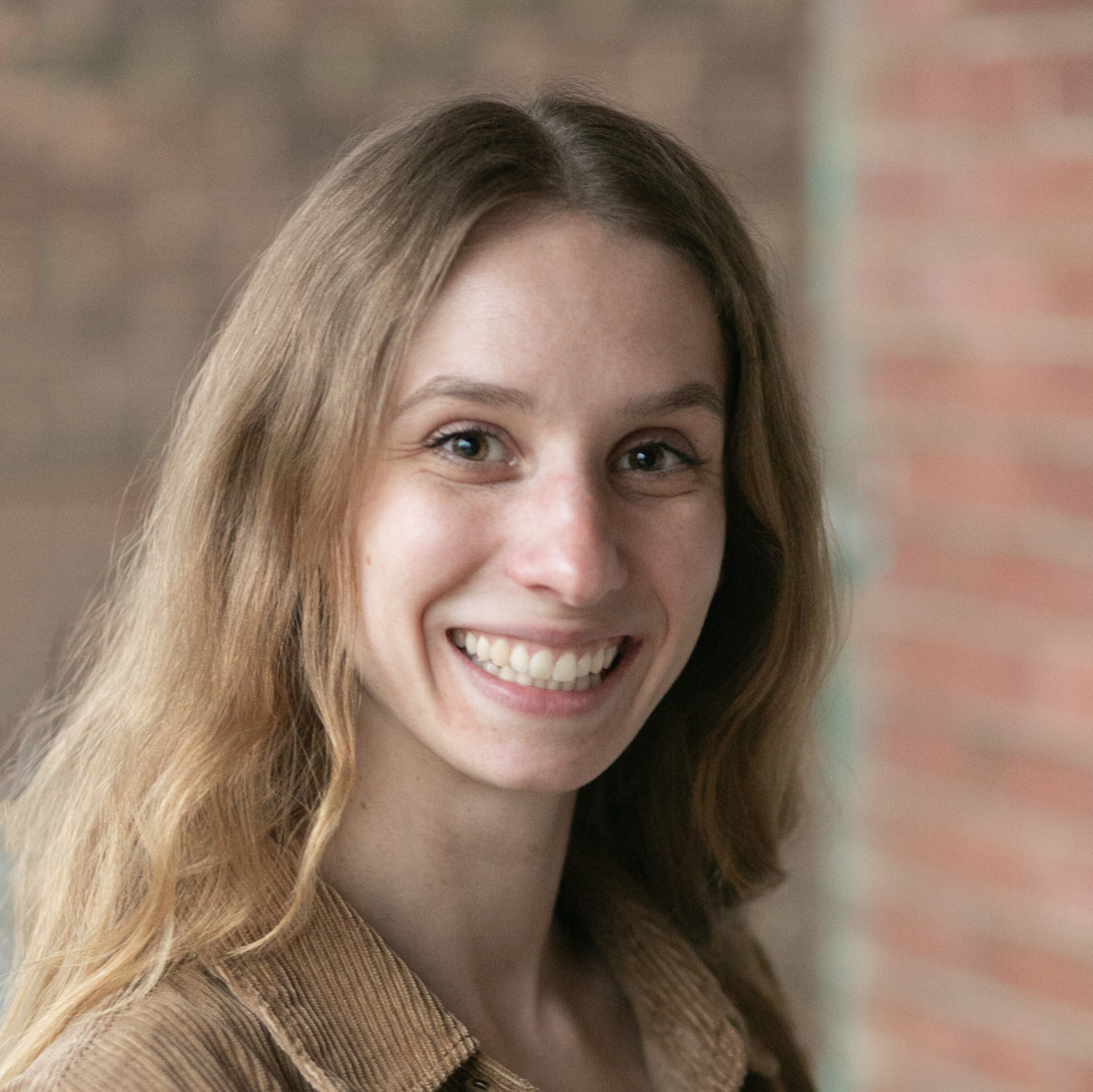Despite being necessary for life, gene expression is dangerous. It forces the double-stranded DNA helix to unwind and separate, so that one strand can be used as the template to synthesize an RNA molecule—the cousin of DNA that brings genes to life. This process leaves the opposite strand exposed and vulnerable to accidental damage and mutation, which can then cause cancer. Dr. MacDonald’s [Connie and Bob Lurie Fellow] work will systematically check various features of RNA molecules, looking for characteristics that cause an RNA sequence to aberrantly stabilize on its template DNA, prolonging the vulnerable exposure of the opposite DNA strand. Using a new kind of microscopic RNA imaging that she developed, she will find the cellular proteins responsible for removing pathologically stable RNA molecules from DNA. Uncovering the molecular features that promote gene expression-driven DNA damage will deepen our understanding of the origins and development of all cancers. Dr. MacDonald earned her PhD from the University of Toronto, Toronto, and her BS from the University of British Columbia, Vancouver.
Damon Runyon Researchers
Meet Our Scientists
Kate M. MacDonald, PhD
Project title: "Formation, excision and cytoplasmic export mechanisms for pathological R-loops"
Institution: Stanford University
Named Award: Connie and Bob Lurie Fellow
Award Program: Fellow
Sponsor(s) / Mentor(s): Karlene A. Cimprich, PhD
Cancer Type: All Cancers
Research Area: RNA (RNA processing, miRNA and piRNA mechanisms, enzymatic RNAs, etc.)







